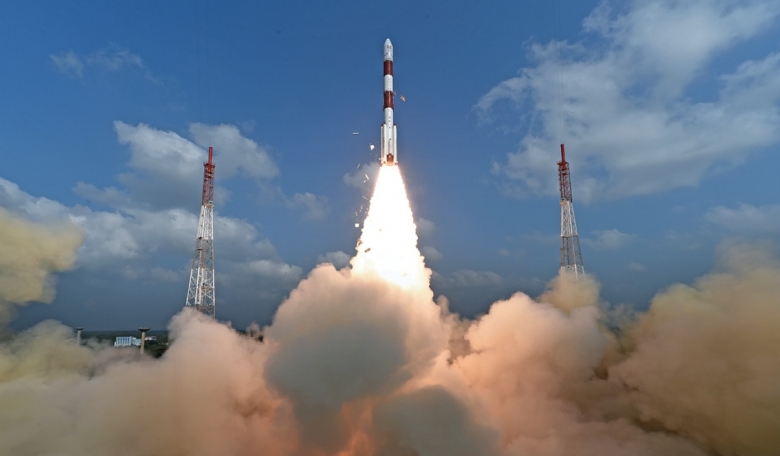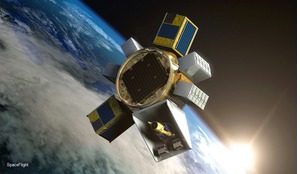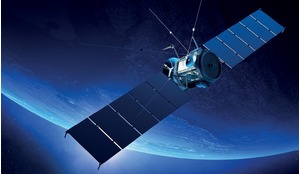In one sense we have just witnessed science fiction turning into reality. That is what it felt like on the morning of Wednesday, 15 February 2017, when I watched India’s nearly 50-year-old space programme rocketing into spaceflight history as the country’s space agency ISRO (Indian Space Research Organisation) successfully deployed 104 satellites in a single mission in a span of only 30 minutes. The daring mission sent out a clear message regarding India’s commercial intent to the rest of the world.
A feat of this type had so far not been achieved by any space agency or commercial company, though records for the most satellites launched in a single attempt have continued to tumble in recent years. In April 2014, Cornell University’s Kickstarter project consisting of 104 one-inch square ‘chipsats’ (known as Sprite satellites) were carried inside a Cubesat onboard a SpaceX Falcon 9 rocket. The role of this mission was to develop technology that can be sent deep into space in swarms, with each individual satellite beaming back its own stream of information. The Kicksat mothership reached its orbit and transmitted beacon signals that were received by radio amateurs. However, due to a clock reset, the tiny satellites couldn’t be deployed and burned up inside the KickSat on re-entry about a month later.
In June 2014 a Russian Dnepr rocket launched 37 satellites from different countries for scientific and commercial purposes in one go and prior to this, in November 2013, an American Minotaur rocket had deployed 29 satellites in a single flight.
India’s 104 satellite mission surpassed all previous records, attracting interest not only within the country but overseas too, including China. After India’s Mars Orbiter Mission (MOM), it was this flight which aroused more curiosity and public interest compared to some of the other Indian space science missions.
Find out more about the Indian space industry and its plans for the future of space exploration in the full version of the article, available now to our subscribers.














